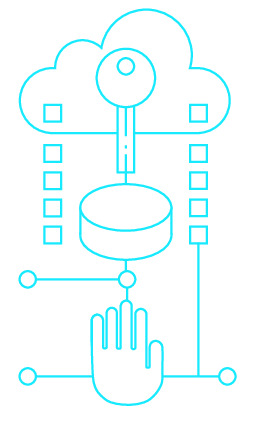|
|
|
| Module code: PIBWN46 |
|
2V (2 hours per week) |
|
2 |
| Semester: 6 |
| Mandatory course: no |
Language of instruction:
Italian |
Assessment:
Written exam at end of course
[updated 08.05.2008]
|
KI662 Computer Science and Communication Systems, Bachelor, ASPO 01.10.2014
, semester 6, optional course, non-technical
PIBWN46 Applied Informatics, Bachelor, ASPO 01.10.2011
, semester 6, optional course, not informatics specific
|
30 class hours (= 22.5 clock hours) over a 15-week period.
The total student study time is 60 hours (equivalent to 2 ECTS credits).
There are therefore 37.5 hours available for class preparation and follow-up work and exam preparation.
|
Recommended prerequisites (modules):
PIBWN45 Italian for Beginners 1
[updated 02.11.2007]
|
Recommended as prerequisite for:
|
Module coordinator:
Prof. Dr. Christine Sick |
Lecturer:
Paola Netti
[updated 02.11.2007]
|
Learning outcomes:
The modules Italian for Beginners 1 and 2 have been designed so that module 2 builds on the skills and knowledge acquired in module 1. During the course of these two modules, student language proficiency should be raised first to level A1 and then to level A2 of the Common European Framework.
The aim is to teach students the fundamentals of Italian so that they can, within a relatively short space of time, use the spoken and written language to express themselves in general everyday and professional situations. Students will receive training in all four language skills: oral expression, listening comprehension, reading comprehension and written expression. Language acquisition will be supported and supplemented by teaching students the relevant grammar structures.
The lessons are based on a communicative-pragmatic approach that aims to promote communicative proficiency in career-relevant situations by using role-playing and situational dialogues. Intercultural aspects are also incorporated to raise student awareness of cultural differences and to make them better able to use language appropriate to specific business or social situations.
[updated 08.05.2008]
|
Module content:
Functional expressions:
- Routine activities and habits in contrast to occasional or one-off activities
- Making, accepting and rejecting proposals
- Speaking about your past
- Speaking about your education
- Writing job applications and compiling a CV
- Explaining something and discussing problems
- Exchanging information
- Telephoning (e.g. requesting quotes, reaching an agreement, registering a complaint, making an appointment)
- Looking after customers and visitors
- Correspondence (writing business letters, faxes, e-mails, quotations, orders, letters of complaint)
- Interpreting numbers and tables
- Active participation in meetings
- Presentations
Grammar practice (particularly Linea Diretta 1a Lezioni 5-8):
- Passato prossimo
- The imperfect
- The auxiliary verbs ‘avere’ and ‘essere’
- Reflexive verbs
- Double negation
- Superlativo assoluto
- The si construction
- The partitive article
- The continuous aspect (‘stare’ + gerund)
- The comparative
- Formulating questions with interrogatives
Vocabulary:
Consolidating basic vocabulary, introduction to career and work-related vocabulary
[updated 08.05.2008]
|
Teaching methods/Media:
A selection of language teaching and learning materials appropriate to the target group (print media, audio-visual aids), multimedia language learning software
[updated 08.05.2008]
|
Recommended or required reading:
C. Conforti, L. Cusimano: Linea Diretta neu 1a, Hueber
S. Bertoni, S. Nocchi: Le parole italiane. Esercizi e giochi per imparare il lessico, Hueber
D. Alessandroni: Cara Italia...Eserciziario, Hueber
[updated 13.03.2007]
|
Module offered in:
SS 2008
|


